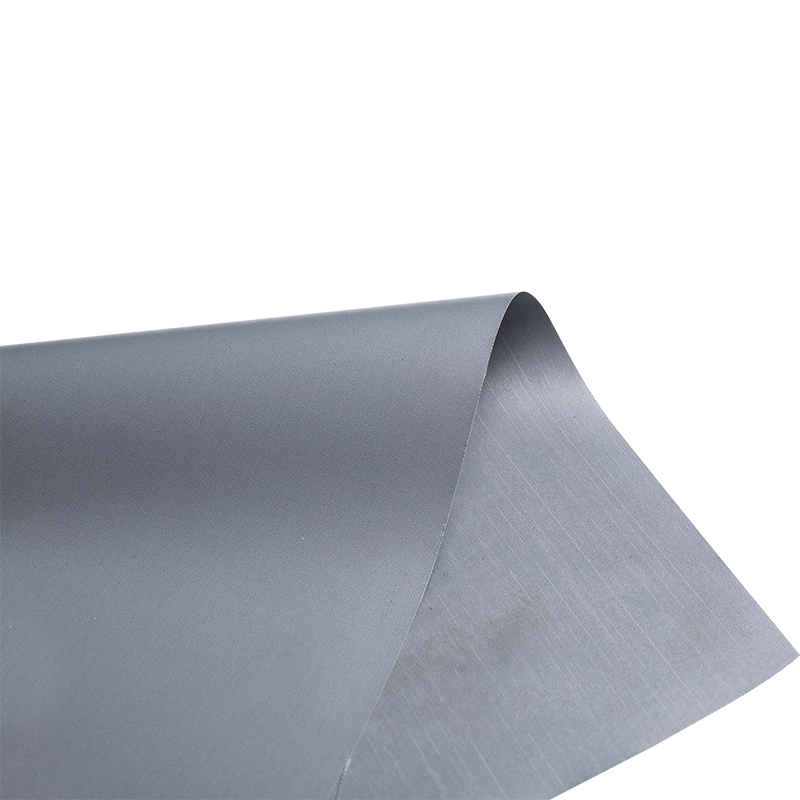Carbon fiber fabrics have become one of the indispensable materials in the aerospace industry due to their excellent strength, lightness and heat resistance. The following analyzes how it improves the performance and safety of aerospace vehicles from several aspects:
1. Lightweight design improves fuel efficiency
Aerospace vehicles have extremely strict requirements on weight. The density of carbon fiber fabrics is only 1/4 of that of traditional metals (such as aluminum and steel), but it can provide equivalent or even higher strength.
Advantages: Reduce total weight, reduce fuel consumption or increase range.
Example: Boeing 787 Dreamliner uses about 50% carbon fiber composite materials, and the overall weight is reduced by about 20%.
2. Excellent strength and fatigue resistance
Composites made of carbon fiber fabrics are not only high in strength, but also have excellent fatigue resistance and can withstand high-frequency stress changes.
Application: Key components such as aircraft wings, fuselage skins, and tail fins.
Effect: Extend service life and reduce maintenance frequency.
3. High temperature resistance and fire resistance
Aerospace vehicles need to withstand extremely high temperatures and friction when flying at high speeds and entering the atmosphere. The heat resistance of carbon fiber fabrics makes it an ideal thermal insulation and structural material.
Application scenarios: rocket nozzles, thermal insulation tiles, and spacecraft shells.
Safety: Effectively protect equipment and personnel from high temperature damage.
4. Impact resistance ensures flight safety
Due to its special weaving structure, carbon fiber fabrics can effectively disperse stress when impacted, thereby reducing the possibility of structural damage.
Field of use: cockpit protection, fuel tank shell, etc.
Result: Better protect aircraft and occupants in emergencies.
5. Reduce noise and vibration
Carbon fiber composites have good vibration absorption capacity and can reduce body vibration and noise.
Benefits: Improve flight comfort and handling performance.
Case: Used in helicopter blades to reduce rotor noise.
6. Adapt to complex shapes and high-precision manufacturing
The flexibility of carbon fiber fabrics enables it to adapt to the structural design of complex curved surfaces and meet the stringent requirements for part geometric accuracy in the aerospace field.
Manufacturing process: prepreg molding, vacuum bag molding, etc.
Advantages: Reduce the number of parts and improve the overall structural strength.

 English
English عربى
عربى 中文简体
中文简体 Languages
Languages



